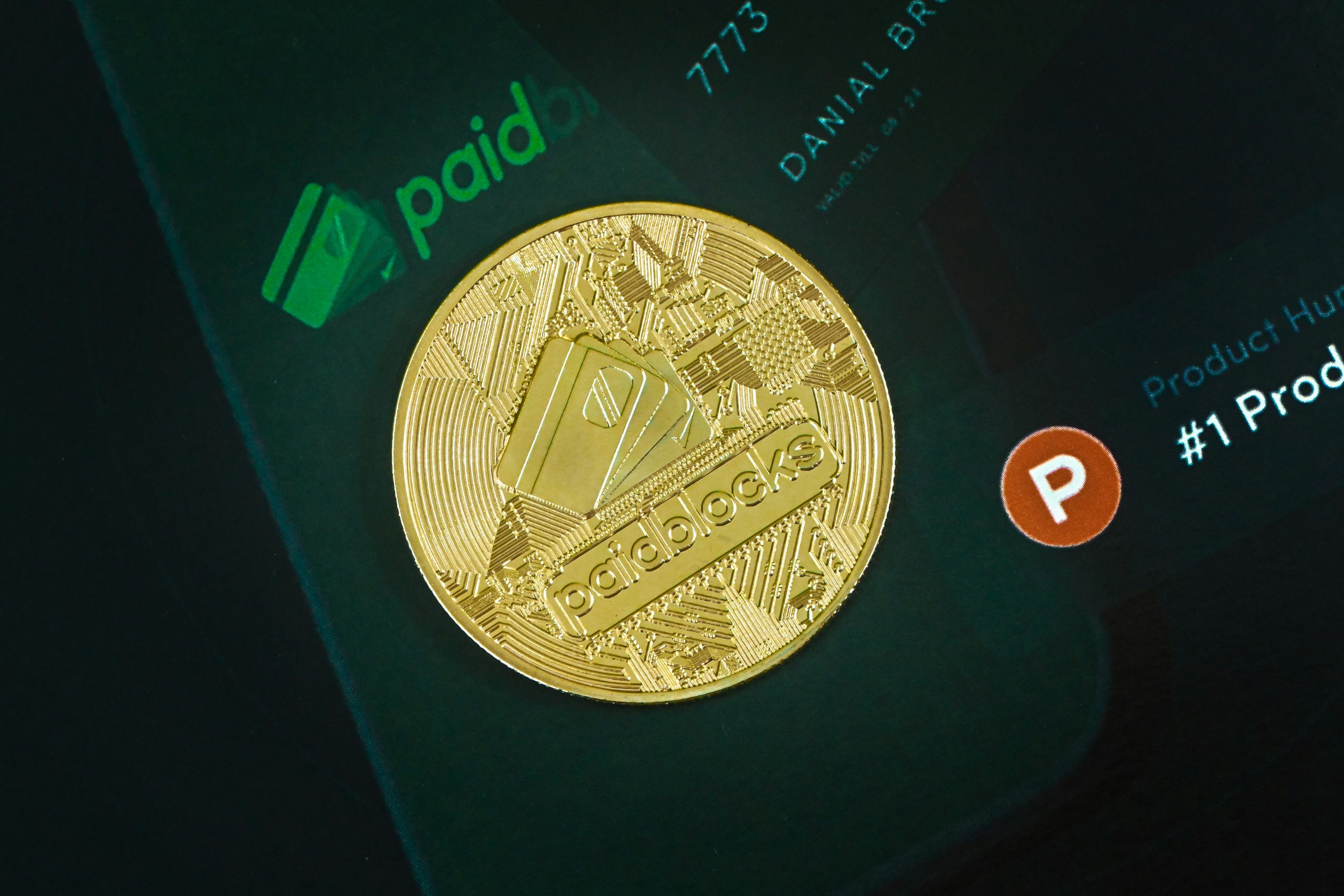On-Chain Streaming Payments in DAOs: Architecture for Contributor Compensation and Multi-Sig Control

Introduction
As Decentralized Autonomous Organizations (DAOs) mature beyond ideation and community voting experiments, one of their most pressing needs is sustainable contributor compensation. Coordinating bounties, grants, part-time roles, and full-time contributors across decentralized teams presents a unique payment challenge. In 2024 and beyond, DAOs are turning to on-chain streaming payments as an elegant solution to treasury disbursement, transparency, and contributor trust.
In this article, we explore the architecture, implementation, and operational impact of on-chain streaming tools such as Superfluid, Sablier, and LlamaPay. We analyze their role within DAO treasury management systems and how multi-sig control and automation frameworks are evolving to support this shift.
Why Streaming Payments for DAOs?
Streaming payments are emerging as a transformative mechanism for decentralized autonomous organizations (DAOs), offering a more fluid and transparent alternative to traditional crypto compensation models. Historically, DAOs have relied on bulk transfers—often issued after milestones are completed or proposals are approved. While functional, this approach introduces friction: contributors face delays in receiving funds, treasurers must manually execute payouts, and the community lacks real-time visibility into treasury flows. These inefficiencies can erode trust and hinder operational agility.

Streaming payments, by contrast, reimagine compensation as a continuous flow of value. Tokens are transferred from the DAO treasury to a contributor’s wallet in real time—per second, per block, or per minute—based on predefined smart contract logic. This model not only improves cash flow predictability for contributors but also eliminates the need for manual intervention, reducing the risk of human error or favoritism. Contributors are compensated as they work, aligning incentives with output and fostering a more dynamic and accountable ecosystem.
From a governance perspective, streaming payments offer granular control. DAOs can pause, redirect, or upgrade payment streams in response to performance metrics or community votes. This flexibility allows organizations to respond quickly to changing priorities or contributor behavior, without disrupting broader financial operations. Moreover, because all transactions are recorded on-chain, stakeholders gain full transparency into who is being paid, how much, and for what duration—an essential feature for maintaining trust in decentralized environments.
Platforms like Superfluid and StreamPay are already operationalizing this model. Superfluid’s Constant Flow Agreements (CFAs) enable real-time token streaming on EVM-compatible chains, while StreamPay’s architecture on Solana and Fuel testnet supports DAO-managed payment channels with minimal gas fees and automated governance triggers. These tools are not just theoretical—they’re powering live DAOs and remote work ecosystems, demonstrating how streaming payments can scale across use cases from contributor salaries to subscription services.
The broader implications are significant. As DAOs evolve into more complex, mission-driven organizations, the need for programmable, transparent, and responsive financial infrastructure becomes paramount. Streaming payments meet this need by embedding compensation directly into the governance fabric of the DAO, enabling real-time alignment between treasury management and contributor engagement.
Architecture of On-Chain Streaming Payments
The architecture of on-chain streaming payments within DAO ecosystems represents a sophisticated convergence of smart contract engineering, treasury management, and user experience design. At its foundation lies a trio of specialized protocols—Superfluid, Sablier, and LlamaPay—each offering distinct approaches to real-time token distribution.

Superfluid pioneered the concept of real-time finance (RTF), enabling continuous token flows calculated directly within smart contracts. This method is particularly efficient for recurring payments like salaries, as it minimizes gas costs over time and allows contributors to receive compensation by the second. Sablier, on the other hand, introduced time-locked escrow streams that release tokens linearly across a fixed duration. This model is well-suited for vesting schedules and grant disbursements, offering predictability and simplicity. LlamaPay, purpose-built for DAOs, emphasizes operational ease and precision. It integrates seamlessly with Gnosis Safe multisig wallets and supports automated salary streams with minimal overhead. Notably, LlamaPay uses a 20-decimal internal representation to reduce precision errors, making it highly reliable for stablecoin-based payments.
Treasury security is paramount in DAO operations, and Gnosis Safe remains the industry standard for multi-signature asset custody. Streaming protocols often connect to these vaults either natively or via middleware frameworks like Zodiac, which facilitate modular governance and automation. To ensure continuous and compliant payment execution, DAOs deploy automation tools such as Chainlink Automation and Gelato Ops. These services monitor governance signals, contributor activity, and treasury balances to trigger, pause, or adjust streams dynamically, reducing manual intervention and enhancing reliability.
The user interface layer plays a critical role in democratizing access to streaming payments. Contributors interact with dashboards that visualize active streams, accrued balances, and withdrawal options. Treasury managers benefit from real-time analytics on token outflows, budget allocations, and stream health. Governance platforms further extend this functionality by allowing community members to propose, vote on, and modify payment parameters, embedding financial operations directly into the DAO’s decision-making process.
Case Studies: DAOs in Action
Decentralized Autonomous Organizations (DAOs) are increasingly adopting streaming payment protocols to enhance contributor engagement, financial transparency, and operational efficiency. Real-world implementations by leading DAOs such as Aragon, Gitcoin, and Optimism illustrate how these technologies are reshaping compensation models in Web3.
Aragon DAO has integrated Superfluid to facilitate per-second payments to contributors, a move that reflects its commitment to real-time participation and decentralized governance. This model allows contributors to receive earnings continuously as they work, rather than waiting for milestone-based lump sums. Notably, Superfluid’s architecture supports income splitting across multiple wallet addresses, enabling contributors to automate personal budgeting strategies such as allocating portions to savings, taxes, or investment accounts. This granular control over income flow not only improves financial planning but also aligns with the ethos of programmable money. Aragon’s broader governance framework, built on Aragon OSx, complements this payment model by offering modular plugins and granular permissions, ensuring that compensation logic remains secure and adaptable to evolving organizational needs.
Gitcoin, a DAO focused on funding public goods, has adopted LlamaPay to streamline its grant disbursement process. By leveraging LlamaPay’s compatibility with Gnosis Safe and its precision-focused architecture, Gitcoin ensures that contributors receive funding in a continuous and predictable manner throughout the lifecycle of a project. This approach mitigates common issues such as delayed payments, misaligned expectations, and manual treasury interventions. LlamaPay’s internal 20-decimal representation reduces rounding errors, making it particularly effective for stablecoin-based grants. Gitcoin’s integration of streaming payments also supports its broader strategy of dynamic quadratic funding and metrics-based retroactive rewards, as outlined in its 2025 grants roadmap.
Optimism’s working groups have employed Sablier to implement structured vesting schedules in their Retroactive Public Goods Funding (RetroPGF) initiatives. Sablier’s time-locked escrow model enables tokens to be released linearly over a predefined duration, ensuring that contributors are rewarded for sustained impact rather than short-term activity. This mechanism is especially relevant in Optimism’s governance framework, where funding decisions are based on community consensus and impact metrics. In RetroPGF Round 4, for example, Optimism allocated 10 million OP tokens to onchain builders using a combination of quantitative metrics and human-guided evaluations. Sablier’s integration ensures that these rewards are distributed transparently and conditionally, reinforcing the DAO’s commitment to accountability and long-term value creation.
These case studies underscore a broader trend: DAOs are moving beyond static payment models toward programmable, real-time financial systems that align incentives with participation and performance. Streaming payments not only reduce friction and improve treasury visibility but also embed compensation directly into the governance fabric of decentralized organizations. As protocols like Superfluid, LlamaPay, and Sablier continue to evolve, their adoption by DAOs signals a maturation of Web3 financial infrastructure—one that prioritizes transparency, flexibility, and contributor empowerment.
Limitations and Challenges
Despite the growing enthusiasm around streaming payments in DAO ecosystems, several limitations and operational challenges continue to shape their adoption and effectiveness. One of the most persistent concerns is token volatility. Even with the widespread use of stablecoins such as USDC and DAI, contributors remain exposed to market fluctuations and liquidity risks. These assets, while designed to maintain a consistent value, are not immune to systemic shocks or regulatory shifts. For instance, in 2025, stablecoin adoption surged across over 70 countries, yet the absence of a unified global regulatory framework has introduced inconsistencies that undermine contributor confidence. Moreover, liquidity fragmentation across chains and exchanges can affect the reliability of real-time compensation, especially during periods of high market stress.

Gas fees present another layer of complexity. Although protocols like Superfluid and LlamaPay are engineered for long-term gas efficiency, network congestion—particularly on Ethereum Layer 1—can still result in elevated transaction costs. This is especially problematic for DAOs operating with frequent micro-transactions, where cumulative gas expenses can erode budget allocations. Layer 2 solutions such as Arbitrum and Optimism have mitigated some of these issues, but interoperability and tooling maturity remain uneven across ecosystems.
Governance friction also plays a significant role in limiting the agility of streaming payment systems. Adjusting payment streams—whether to pause, redirect, or upgrade—typically requires formal proposals, community deliberation, and on-chain voting. While this process ensures transparency and decentralization, it can introduce delays that are incompatible with fast-moving operational needs. In some cases, contributors may experience interruptions in compensation due to procedural bottlenecks or low voter turnout. DAOs must strike a balance between democratic governance and operational responsiveness, a tension that continues to evolve as new governance models emerge.
Security remains a foundational concern. Smart contracts governing streaming payments must undergo rigorous audits to prevent vulnerabilities such as reentrancy attacks, logic flaws, or misconfigured permissions. Automation scripts used to trigger or manage streams—often powered by services like Chainlink Automation or Gelato Ops—must be error-proofed to avoid unintended fund transfers or frozen assets. In 2025, DAO-related exploits have underscored the importance of continuous monitoring, multi-signature safeguards, and fallback mechanisms to ensure financial integrity.
Ultimately, while streaming payments offer a compelling vision for real-time, trustless compensation, their implementation demands careful consideration of market dynamics, technical infrastructure, and governance design. As the ecosystem matures, DAOs must invest in robust tooling, cross-chain liquidity strategies, and adaptive governance frameworks to fully realize the potential of programmable finance.
Opportunities Ahead
Looking forward, the modularization of DAO infrastructure presents exciting opportunities. We may see payroll stacks that combine streaming with task verification and milestone reporting, offering a more nuanced approach to value-based compensation. The use of zero-knowledge proofs could unlock trust-minimized work validation, triggering payments only when verifiable outcomes are achieved. Insurance layers and circuit breakers are likely to become standard to prevent exploit-related losses in high-stakes DAO operations.
AURPAY, as a crypto-native payment platform, is uniquely positioned to support these innovations by offering streaming-compatible APIs, DAO-oriented payment tools, and integrations with popular treasury dashboards and smart contract libraries.
Conclusion
Streaming payments are transforming the way DAOs think about labor and liquidity. By embedding continuous payment logic into smart contracts, DAOs gain a flexible, transparent, and scalable solution for managing contributor compensation. It also aligns economic flow with real-time effort and value creation.
Stay ahead of the trends and make informed moves in your crypto journey. Follow AURPAY for more insights and tools to navigate the evolving digital economy.

